Top 20+ Best Argumentative Reality Apps: Top list to the World’s Leading AR Experiences
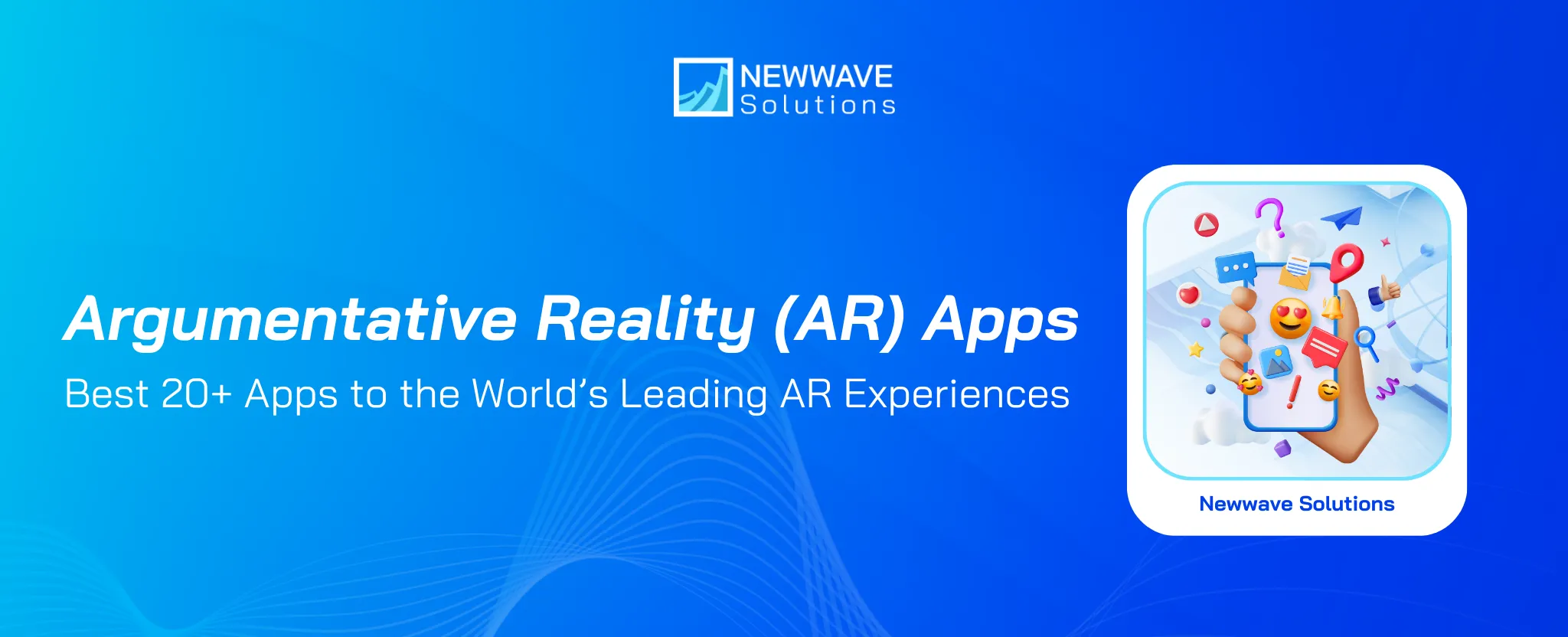
Augmented reality app is no longer a futuristic concept. It has become one of the most practical, versatile, and influential technologies shaping how people shop, learn, play, communicate, and interact with the world. This guide provides a comprehensive look at the top 20+ best argumentative reality apps with various industries in the world today. It will help you understand what makes each app successful, how AR contributes to user impact, and why these experiences set the standard for the next generation of immersive digital products.
What is an argumentative reality (AR) app?
An Argumentative Reality app (AR App) is an type of app that blends digital content with the physical world by overlaying 3D models, animations, labels, instructions or interactive elements through a smartphone or tablet camera, which is called AR Development Technologies. Unlike Virtual Reality (VR), which transports users into a fully digital environment, an argumented reality app enhances real surroundings. It uses computer vision, spatial mapping, depth sensing and object recognition to anchor digital objects convincingly into physical space.
An AR app can visualize furniture in your living room, scan a room into a 3D model, overlay product information onto real items, or convert your bedroom into a game arena. These capabilities make AR valuable for sectors like retail, education, real estate, manufacturing, gaming and healthcare. Companies adopting AR typically combine it with broader applications such as eCommerce development, Game development, and real estate software development, depending on their market.
AR also plays an increasingly important role in improving learning experiences and product training. Education-focused businesses often integrate AR into educational software development solutions, creating interactive lessons, simulations and visual explanations that students can explore from different angles. These multi-modal experiences improve comprehension and engagement far better than traditional media.
So how AR enhances user experience?
- Reduce decision-making uncertainty with virtual try-ons, object visualization and real-time overlays
- Increase user engagement through interactive, playful, personalized content
- Improve accessibility with camera-based tools like real-time translation or digital measuring
- Support learning by transforming abstract concepts into 3D, interactive experiences
- Enable creative expression with AR drawing, stickers and immersive storytelling
- Strengthen brand connection through memorable, immersive digital interactions
Today’s leading AR experiences deliver far more than visual novelty. They offer real utility—helping users preview purchases, visualize environments, learn complex concepts, express creativity, or complete tasks more efficiently. Modern companies increasingly incorporate AR into broader transformation strategies through AR development, VR development, and multi-channel product ecosystems. For startups, AR prototypes often form part of early MVP development to validate demand quickly. Established enterprises integrate AR into their long-term Software development life cycle plans as a core capability rather than an experimental add-on.
Top 20+ Best AR Apps in the World
To Quang Duy is the CEO of Newwave Solutions, a leading Vietnamese software company. He is recognized as a standout technology consultant. Connect with him on LinkedIn and Twitter.

Read More Guides
Get stories in your inbox twice a month.
Let’s Connect
Let us know what you need, and out professionals will collaborate with you to find a solution that enables growth.
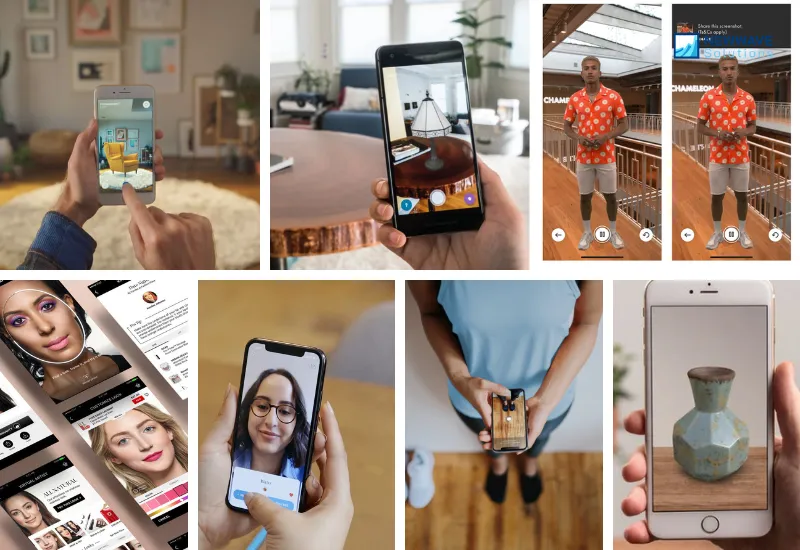
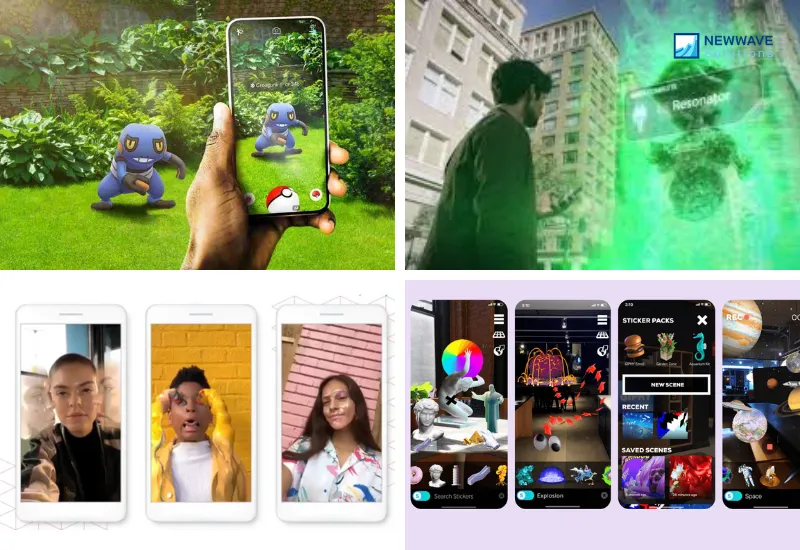
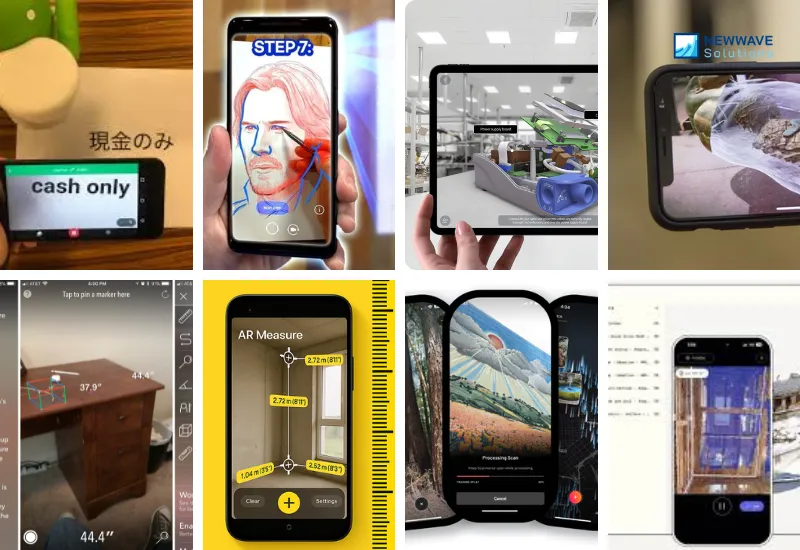



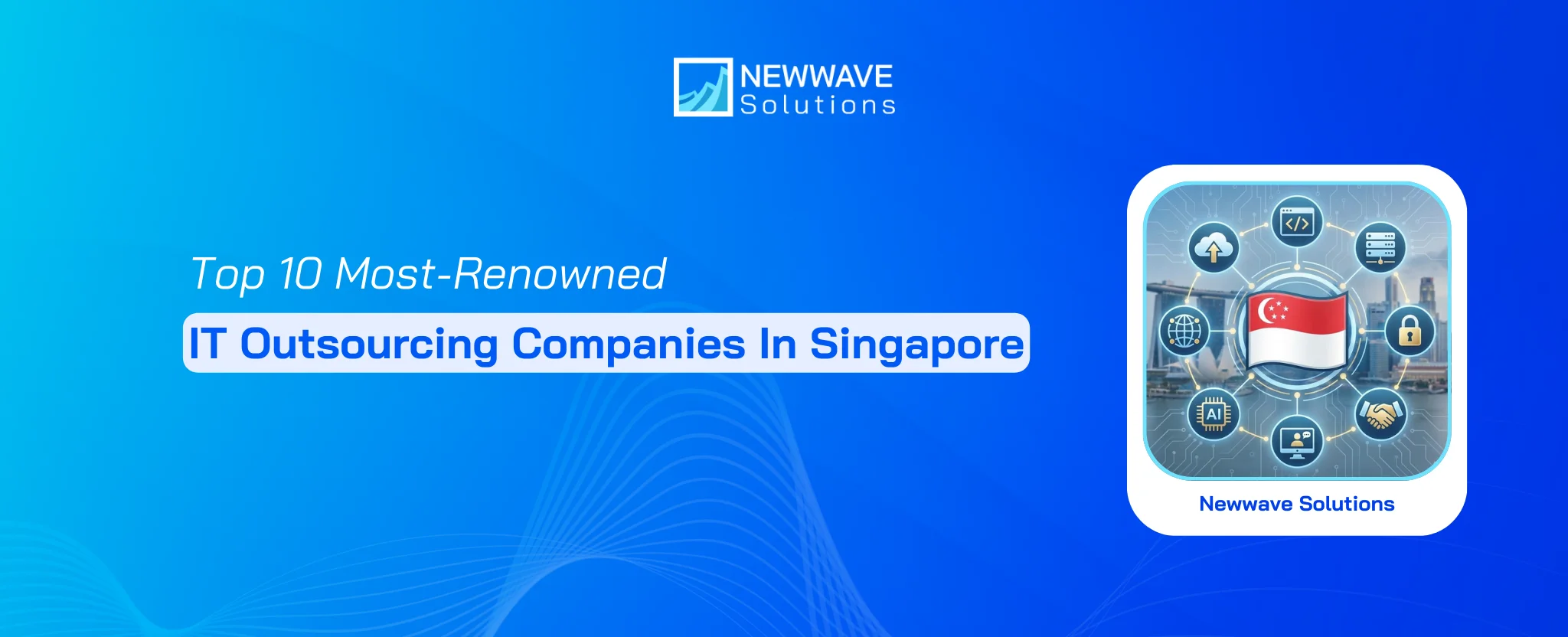
Leave a Reply